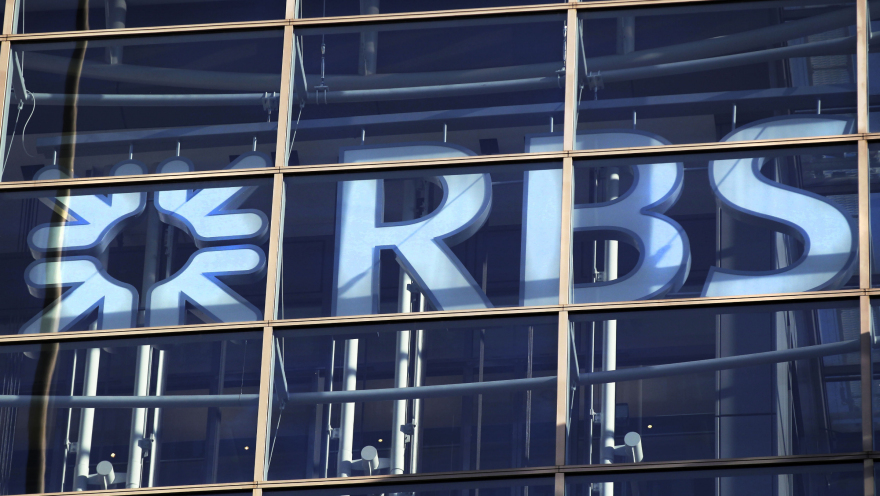News
RBS to close branches as customers go digital

Royal Bank of Scotland is set to close 259 of its branches, shedding 680 jobs as the rise of digital banking continues to reshape the banking sector.
It comes in the same week as Lloyds has announced 49 branch closures, and follows the group’s closure of 180 branches in March of this year. The closures involves 62 Royal Bank of Scotland and 197 NatWest branches. Following the closures, the RBS group will be left with 744 branches.
The move has been criticised by the Unite union and in parts of rural Britain, such as Northern Scotland. Unite called the cuts “savage”.
RBS countered by saying use of its branches had fallen 40% since 2014 with more and more of its customers doing their banking online or on mobile. Mobile transactions have increased by 73% over the same period.
However, it recognises that there will be problems in some parts of the country and has said it will set up mobile banking units to help deal with the problem.
Steve Morgan, managing director of UK/Europe at Intelenet Global Services, said: “The way customers interact with their bank is changing, as branches close down or remodel to be more digitally focused. Increasingly, in branch you are encouraged to use the phone or online channels for certain services. All of this is driving an increase in online help requests.”
Morgan said there has been resistance to initiatives such as chatbots, but that banks should not roll back on technical innovation. He added: “Customer resistance to AI-powered chatbots in the UK doesn’t mean banks should hold back on technology, but rather use it to improve personalisation and in-person services. AI tools can help personalise banking for the customer, and automating processes frees up staff to focus on more complex customer service needs.
“For example, voice-recognition programmes can automatically recognise an individual by their voice, predicting the subject of a call linked to their products and recent contacts history….This dramatically improves the experience for the consumer. One leading bank was able to reduce the average handling time for customer calls by 40 percent through this approach.”